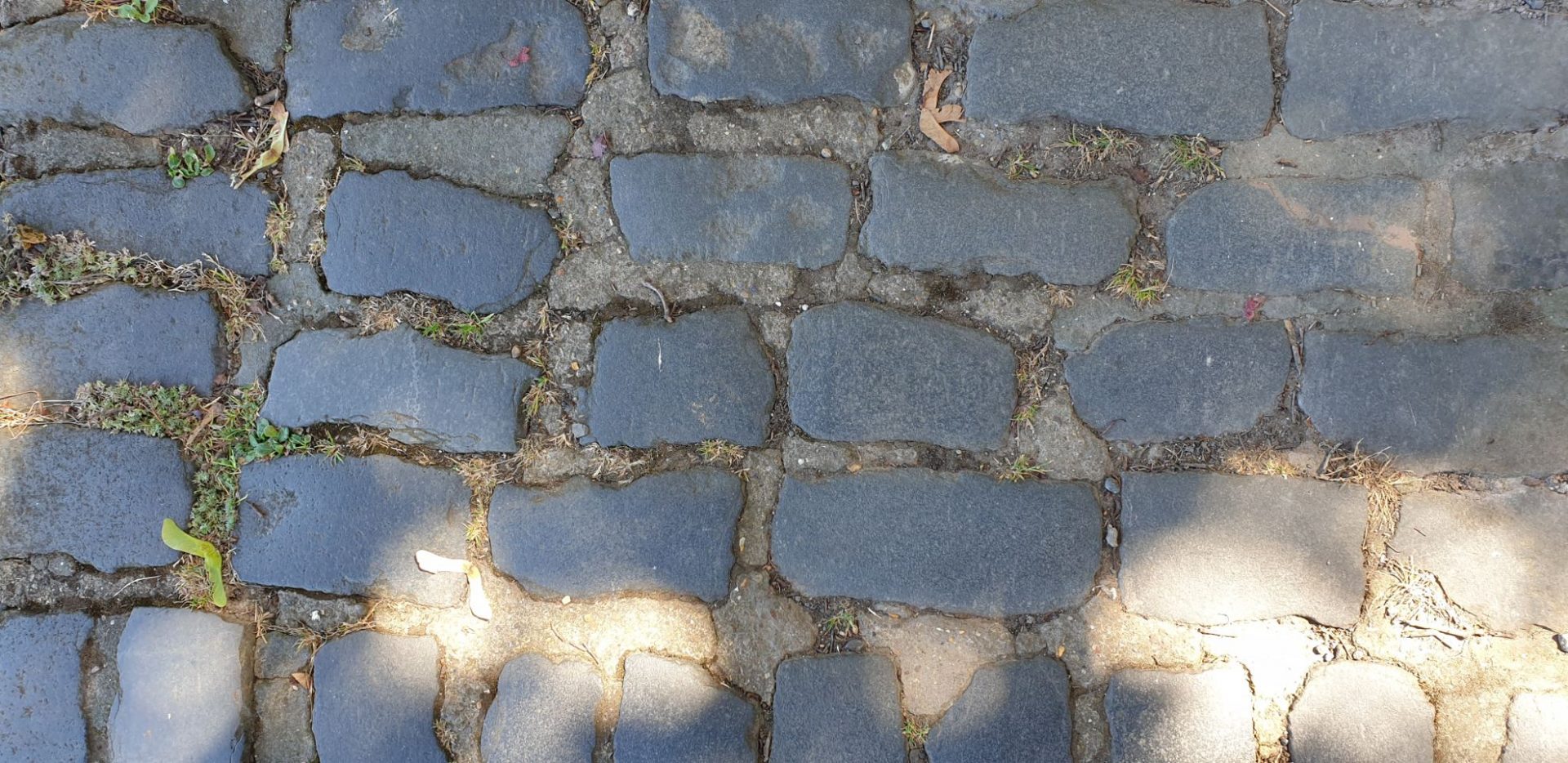In 'A Day at a Time' we think through the lens of time to make sense of the experience of the pandemic
COVID-19 has changed time as we know it, in ways that are both prosaic and extraordinary. The temporal organisation and experience of everyday life and relationships have come into view for reflection, debate and the basis of new imagined futures. In informal exchanges, blogs, diaries, social media and journalism, people have been grappling with what the temporal instability of the pandemic means for the present and the future. Far from a neutral or unproblematic backdrop, time is key to how the pandemic has reconfigured everyday life, and in so doing has highlighted previously existing differences and inequalities.
Our project, A Day at a Time, thinks through the lens of time to make sense of the experience of the pandemic, guided by our key research questions.
- How are people experiencing, making and remaking time?
- What roles are infrastructures, material objects, technologies and regulations playing in people’s changing experiences of time during the pandemic?
- What research methods best capture changing experiences, practices, and structures of time during the pandemic?
